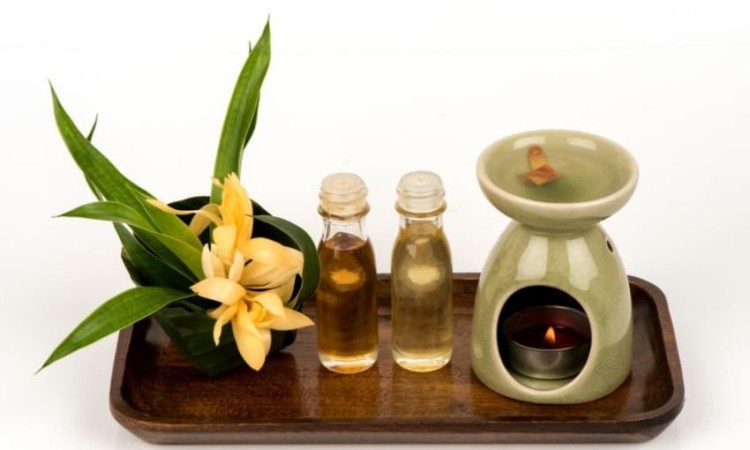
Essential oils, to put it simply, are oils derived from plant material. Absolute oils are a more concentrated substance, also derived from plant material but through a different extraction method, solvent extraction or redistillation depends upon the volatile nature of the material.
Since solvent extraction is different from the typical essential oil extraction (steam distillation being the most common), the scent of absolute oils is stronger than essential oils. A common use of absolute oils tends to be perfume for this very reason.
At Venkatramna Industries, we offer a variety of oils obtained using different methods. Two of these methods include steam distillation and solvent extraction. Solvent extracted oils produce what we call “absolute oils.”
So, what’s the difference between oils obtained via steam distillation and solvent extraction? In today’s blog our resident aromatherapist breaks down what you need to know about absolute oils, answers how essential oils compare to absolutes and why absolutes are worth having in your aromatherapy collection. Read on to learn more.
Venkatramna Industries offers aromatherapy oils obtained using four different methods, including steam distillation, solvent extraction, CO2 extraction and cold pressing. Each method produces oils that are slightly different.
Here’s how our oils are obtained using these methods.
STEAM DISTILLATION
The most common way essential oils are produced is through steam distillation. Not all steam distillation units are created equally. They can vary in shape, size, material, etc. However, they all share a similar mechanism.
In steam distillation, plant material is placed in a still. Water is added, then heat is applied to the unit. As water heats, plants release their essential oil. The oil rises with steam droplets that are sucked into a pipe. The oil and water (hydrosol) are joined at this point and then separated.
SOLVENT EXTRACTION
In solvent extraction, a solvent is combined with plant material. The solvent draws the oil out of the plant material, and the solvent and oil are then carefully separated. Oils produced from solvent extraction are referred to as “absolute oils”.
Certain plant materials are better suited for solvent extraction, such as flower petals. Steam distillation and cold-pressing can be detrimental to delicate flowers, producing an oil with an undesirable aroma or lesser quality. In some cases, solvent extraction also produces more oil than with other methods of production.
At Venkatramna Industries, we offer a handful of 100% pure absolute oils — Rose, Jasmine, Osmanthus and Tobacco.
CO2 EXTRACTION
CO2 oils use supercritical carbon dioxide to extract oil from plant material.
Supercritical CO2 refers to carbon dioxide gas that’s pressurized into the density of a liquid. Just as chemical solvents are used to extract oil from plant material, supercritical CO2 acts as the solvent. However, unlike chemical solvents which must be carefully separated from the oils they produce, carbon dioxide is separated from the oil by simply being returned to its gaseous state, leaving behind no trace of solvent.
COLD PRESSED
As with solvent extraction, certain plants are better suited for cold pressing, like citrus fruits. Citrus can be difficult to steam distill because they produce non-volatile particles (like natural waxes) which can clog the still in steam distillation.
Cold-pressed citrus also generally produces a more desirable aroma in oils. On the other hand, the phototoxic furanocoumarins that occur naturally in certain citrus fruits remain intact in the cold-pressed oil. In steam-distillation, the furanocoumarins are filtered out.
A cold press works by pricking the citrus rinds, causing the essential oil to be released. Some fruit juice is also released in the process. The oil and juice then drip down into a container and are separated in a centrifuge.
Consistency, colour, and scent are some factors that help in differentiating the essential oils and absolute oils. Absolute oils are thicker in consistency, stronger in scent, and have an amber-coloured appearance compared to essential oils. For instance, you need 30 roses to get 1 drop of rose concentration. However, when it comes to safety, absolute oils haven’t always had a good reputation. Most experts recommend people stay away from absolute oil. Essential oils can be used in a variety of DIY projects, aromatherapy, and topical applications, whereas absolutes are best for diffusion or DIY projects.
We offer a wide variety of oils that might seem similar, but it’s where they’re harvested, how they’re obtained and what botanical they come from that makes all the difference. Read the technical Information of the product on each product page for more its scientific an drelevent details.

|

|
Currently, there are no comment.
Login to comment